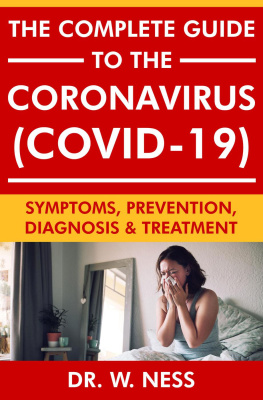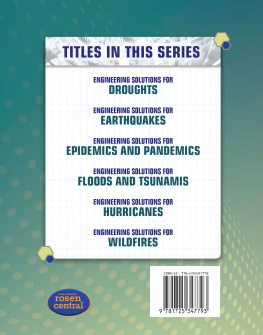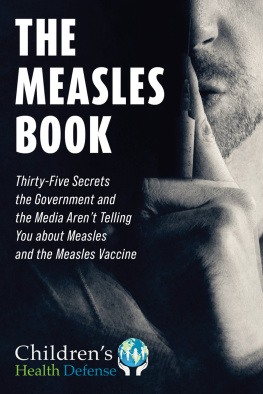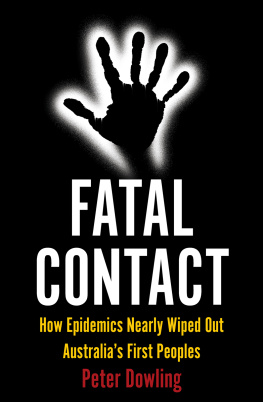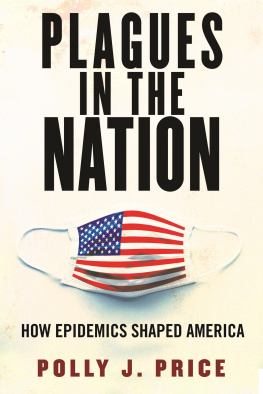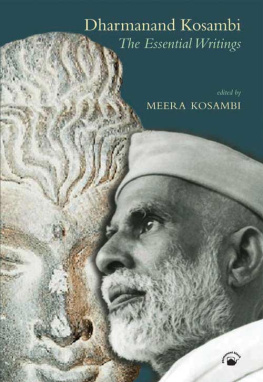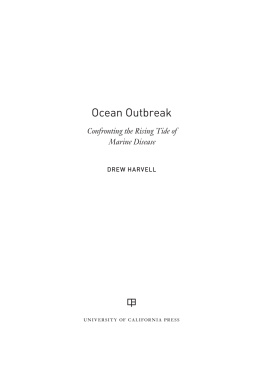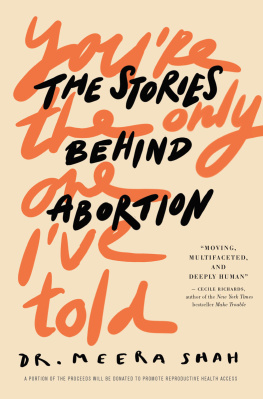Meera Senthilingam - Outbreaks and epidemics : battling infection from measles to coronavirus
Here you can read online Meera Senthilingam - Outbreaks and epidemics : battling infection from measles to coronavirus full text of the book (entire story) in english for free. Download pdf and epub, get meaning, cover and reviews about this ebook. year: 2020, genre: Politics. Description of the work, (preface) as well as reviews are available. Best literature library LitArk.com created for fans of good reading and offers a wide selection of genres:
Romance novel
Science fiction
Adventure
Detective
Science
History
Home and family
Prose
Art
Politics
Computer
Non-fiction
Religion
Business
Children
Humor
Choose a favorite category and find really read worthwhile books. Enjoy immersion in the world of imagination, feel the emotions of the characters or learn something new for yourself, make an fascinating discovery.
- Book:Outbreaks and epidemics : battling infection from measles to coronavirus
- Author:
- Genre:
- Year:2020
- Rating:3 / 5
- Favourites:Add to favourites
- Your mark:
- 60
- 1
- 2
- 3
- 4
- 5
Outbreaks and epidemics : battling infection from measles to coronavirus: summary, description and annotation
We offer to read an annotation, description, summary or preface (depends on what the author of the book "Outbreaks and epidemics : battling infection from measles to coronavirus" wrote himself). If you haven't found the necessary information about the book — write in the comments, we will try to find it.
Outbreaks and epidemics : battling infection from measles to coronavirus — read online for free the complete book (whole text) full work
Below is the text of the book, divided by pages. System saving the place of the last page read, allows you to conveniently read the book "Outbreaks and epidemics : battling infection from measles to coronavirus" online for free, without having to search again every time where you left off. Put a bookmark, and you can go to the page where you finished reading at any time.
Font size:
Interval:
Bookmark:
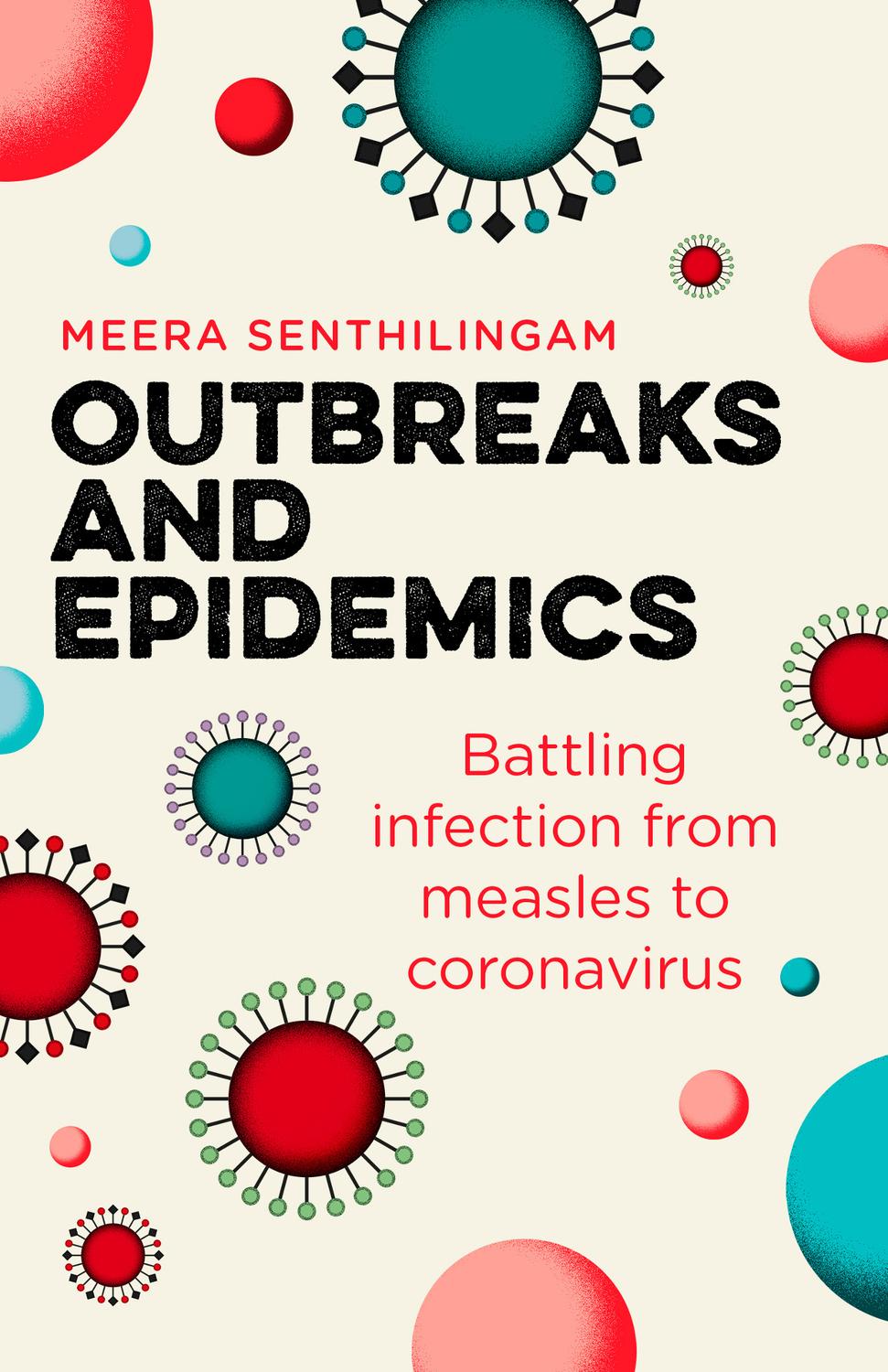
vii For my parents Amirtha and Sivam,
husband Ian, and son Reuban
Meera Senthilingam is a journalist, editor and public health researcher specializing in global health and infectious disease. She has worked with multiple media outlets including CNN and the BBC, and research institutions including the London School of Hygiene and Tropical Medicine and the Wellcome Trust.
ROOM 911
Every outbreak has its source, its origin, and its index case. It has a place and person where it all began and where history was made. In 2003, the outbreak was Severe Acute Respiratory Syndrome, SARS, which went on to become a global pandemic, a public health emergency of international concern and it began with a doctor and a popular tourist hotel.
On 21 February, Dr Liu Jianlun checked in to room 911 of the Metropole hotel in the urban area of Kowloon in Hong Kong. Liu was in town for a family gathering, but was tired after an exhausting few months at the hospital where he worked in Guangzhou, China. A sudden outbreak of a pneumonia-like infection had struck the port city of Guangzhou, with the wider province of Guangdong seeing more than 1,500 cases since November the previous year. Liu himself hadnt been feeling well on his departure, but had persevered with his journey. Once in town, he chose to explore, as the city had changed since his last visit. But by the next day, 22 February, he was too ill to continue, xii experiencing a fever, shortness of breath and low oxygen levels. He admitted himself to the nearest hospital, Kwong Wah Hospital in Kowloon, where he would die nine days later.
For the virus that killed him, Liu had been the vessel as it embarked upon a global journey. In Hong Kong alone, 1,755 people were infected with the same virus and by July 2003, less than five months later, more than 8,000 people were infected across 32 countries and administrative regions worldwide, of whom more than 810 died.
Called to the scene in Kowloon to check on the very unusual patient was Professor Yuen Kwok-yung, Chair of Infectious Diseases at Hong Kong University and a physician at Queen Marys hospital on the Hong Kong Island side of the city. The patient was very sick and they were already putting up all the infection control measures, said Yuen. Lius brother-in-law, a Hong Kong resident, was soon admitted to the same hospital with similar symptoms, having come in contact with Liu (now known by all involved as the index case, the case that brought the infection to the attention of health authorities). Both patients were originally diagnosed with mild flu of unknown origin and given medication accordingly, but to no effect. This opened up a mystery for Yuens team to solve.
In the hospital Liu had been working at in Guangzhou, more than 100 medical staff had become infected while treating patients, which Yuen describes as very surprising. Usually influenza is easily controllable, with masks for example, said Yuen. But this was not. A lung biopsy from Liu soon revealed something else was at play, a previously unseen disease. It would become known as Severe Acute Respiratory Syndrome (SARS), part of a family of viruses xiii known as coronaviruses, which include the common cold. SARS had originated from an unknown animal, though bats are suspected to have transmitted the virus to the civet cat, which then spread it to humans. The challenge to control the virus began instantly, as Lius night at the hotel had made this a global race. The virus was already in bodies and on planes headed to countries as far apart as Singapore and Canada, which would each see over 200 cases.
There was no vaccine or treatment for the disease. Instead, extensive global surveillance and coordination to quarantine cases and trace their contacts enabled the outbreak, now considered a pandemic, to end five months later.
But the memory of SARS was overshadowed at the end of 2019 by a viral relative that would wreak greater havoc across the planet. A new coronavirus emerged at a seafood market in the city of Wuhan, China, again from an unknown animal source, infecting over 9,800 people and killing over 210 in less than one month. The disease, named COVID-19, caused fever, tiredness and a dry cough and caused some people to have difficulty breathing, or worse, with the elderly being the most severely affected; it reached nineteen countries during that first month. The majority of cases, though more than 9,700 were in China, which experienced rapid spread and saw cases reported in every province within weeks, though one province, Hubei, remained the epicentre.
The city of Wuhan was put on lockdown, major airline operators cancelled flights into China, tourists in the country at the time were repatriated by their respective governments, borders were closed to Chinese nationals and airport checks were put in place across the world. Mobility was put on pause and the WHO warned of stigma emerging against the Chinese population.
xiv But China and the world had learned from SARS: health systems had strengthened significantly and the Chinese government was ready to do whatever it took to stop another contagion, including building additional hospitals in a matter of days as the countrys own health system became overwhelmed. By March, case numbers topped 100,000 (more than 80,000 of which were in China), with over 4,000 deaths, but this period was also a turning point in the outbreak, both within and outside of China. China saw the number of new cases reported each day beginning to decline, though controversy surrounded the transparency of officials and the changing definition of what constituted a case.
As China experienced a decline in new cases, however, new focal points emerged in other parts of the world, most notably in South Korea, Italy and Iran, which each saw several thousand cases by early March. Seventy-two countries were now reporting cases and a cruise ship named the Diamond Princess was forced to dock off the coast of Japan to quarantine its passengers, among whom 706 cases were reported, forcing countries to send repatriation flights to collect their citizens. The WHO instructed all countries to ensure adequate preparedness plans were in place, ensuring they were ready to manage imported and locally transmitted cases, with laboratories capable of confirming probable cases and hospitals prepared to isolate and treat patients accordingly.
More flights were cancelled and quarantine zones put in place; some borders were closed; health systems were restructured. Meanwhile, multiple research efforts were underway to develop a vaccine and therapeutics. Experts believed the decline in China should become possible elsewhere once a peak was reached and the virus could be contained. xv Eventually. Meanwhile, the world awaited the arrival and spread of the virus in their region.
But one thing is certain: these coronavirus cousins have held the world to account. SARS set a global health precedent, teaching us that when it came to infections, there were no longer any borders or limits and the world needed to work together to fight, or ideally prevent, a worldwide pandemic. Almost twenty years later, COVID-19 showed we still werent ready to do this as efficiently as we might, enabling a local outbreak to spiral into one significantly affecting the world at large.
 Novel virus infects thousands in one day.
Novel virus infects thousands in one day.
Measles causes national emergency.
More Ebola cases reported in the Democratic Republic of Congo.
Font size:
Interval:
Bookmark:
Similar books «Outbreaks and epidemics : battling infection from measles to coronavirus»
Look at similar books to Outbreaks and epidemics : battling infection from measles to coronavirus. We have selected literature similar in name and meaning in the hope of providing readers with more options to find new, interesting, not yet read works.
Discussion, reviews of the book Outbreaks and epidemics : battling infection from measles to coronavirus and just readers' own opinions. Leave your comments, write what you think about the work, its meaning or the main characters. Specify what exactly you liked and what you didn't like, and why you think so.


